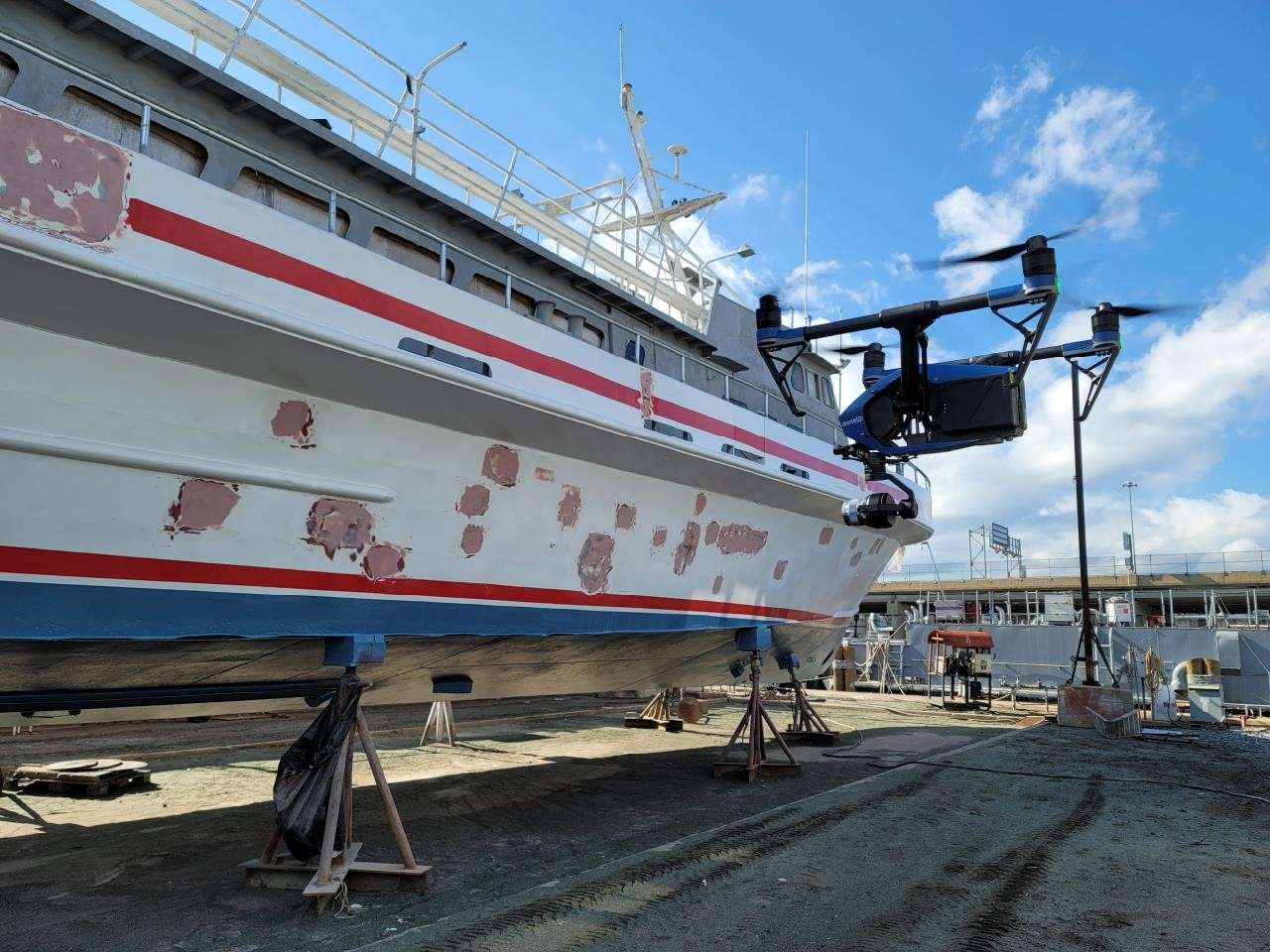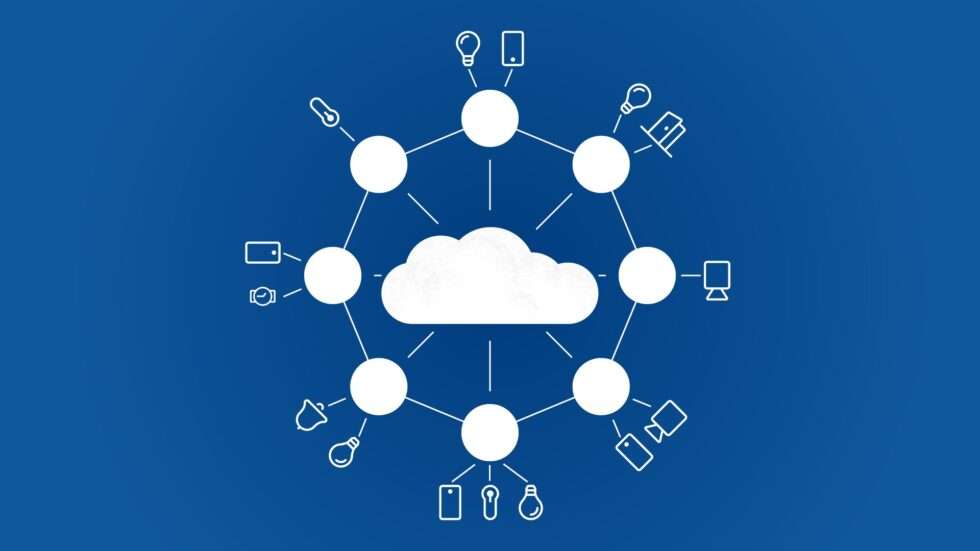Aaron Kilinski Explains the Power of AI/ML and What it Means for Government IT

Recently Government Computer News published an editorial by our own Aaron Kilinski talking about the potential of cloud-native artificial intelligence (AI) and machine learning (ML). Aaron Kilinski serves as Principal and Chief Technologist at Simple Technology Solutions (STS) and has seen firsthand how powerful the application of AI/ML can be.
Prior to STS, Aaron was part of several large-scale organizations, including Bechtel, Accenture, and the TSA, where he was responsible for the development and deployment of new business intelligence tools, reporting platforms, and case management systems.
Aaron explains that as recently as five years ago, using AI/ML to develop predictive algorithms was prohibitively expensive. Organizations needed to provision large clusters of servers, implement Hadoop and data lakes and employ hundreds of data scientists. But now, access to AI and ML has been democratized due to furious competition amongst the three largest cloud service providers (CSPs) – Microsoft Azure, Amazon Web Services, and Google Cloud Platform.
All that has changed in just the past two years with the big CSPs introducing cloud-native, automated machine learning (Auto-ML). With Auto-ML, there is no pre-existing algorithm. Agencies create their own by bringing data pertaining to a mission challenge, and then the solution algorithm is developed and validated through CSP processes. Auto-ML puts the resources of the largest technology companies at the disposal of agencies, allowing hypotheses to be validated and service solutions designed much faster than in the past.
This is a truly revolutionary change. It’s become so much easier for agencies to validate a hypothesis using an existing algorithm from a CSP, in much the same way a private company would launch a minimally viable product or MVP. Then as the business case is proven, you can graduate to a variety of cloud-native AI/ML services that allow for additional control of the algorithm tuning. Cloud-native AI/ML is the driver for data-based decision-making for better government services and outcomes.
Aaron made use of cloud-native AI/MI when he served at the TSA. His team was tasked with improving the credentialing process for enhanced access to critical areas. Using AI/ML, they developed algorithms for assessing the severity of the applicants’ criminal backgrounds. The workload on human reviewers was reduced by 60 percent, and the algorithm forwarded the hardest decisions – red cases – to the most senior adjudicators.
Our award-winning work with the U.S. Navy is another powerful example. Working with Google and the Navy’s Small Business Innovation Research Office, STS developed redOx, an AI/ML corrosion detection and analysis solution. By automating both the data collection (via commercial drones) and analysis (via AI/ML) processes, redOx can currently detect and analyze corrosion in aerial images of vessels. This replaces a highly manual and often dangerous process of physical inspections and will save the Navy billions annually.
In the span of just a few years, AI/ML has gone from fanciful science fiction to a tool only for the largest organizations and finally to an easily accessible and economical tool for solving complex service delivery challenges. The pace of technological change and market competition between the big CSPs provide government IT leaders with a golden opportunity to improve their workflows.
Let us show you how! To learn more about what STS can do to support your mission, please click here.



